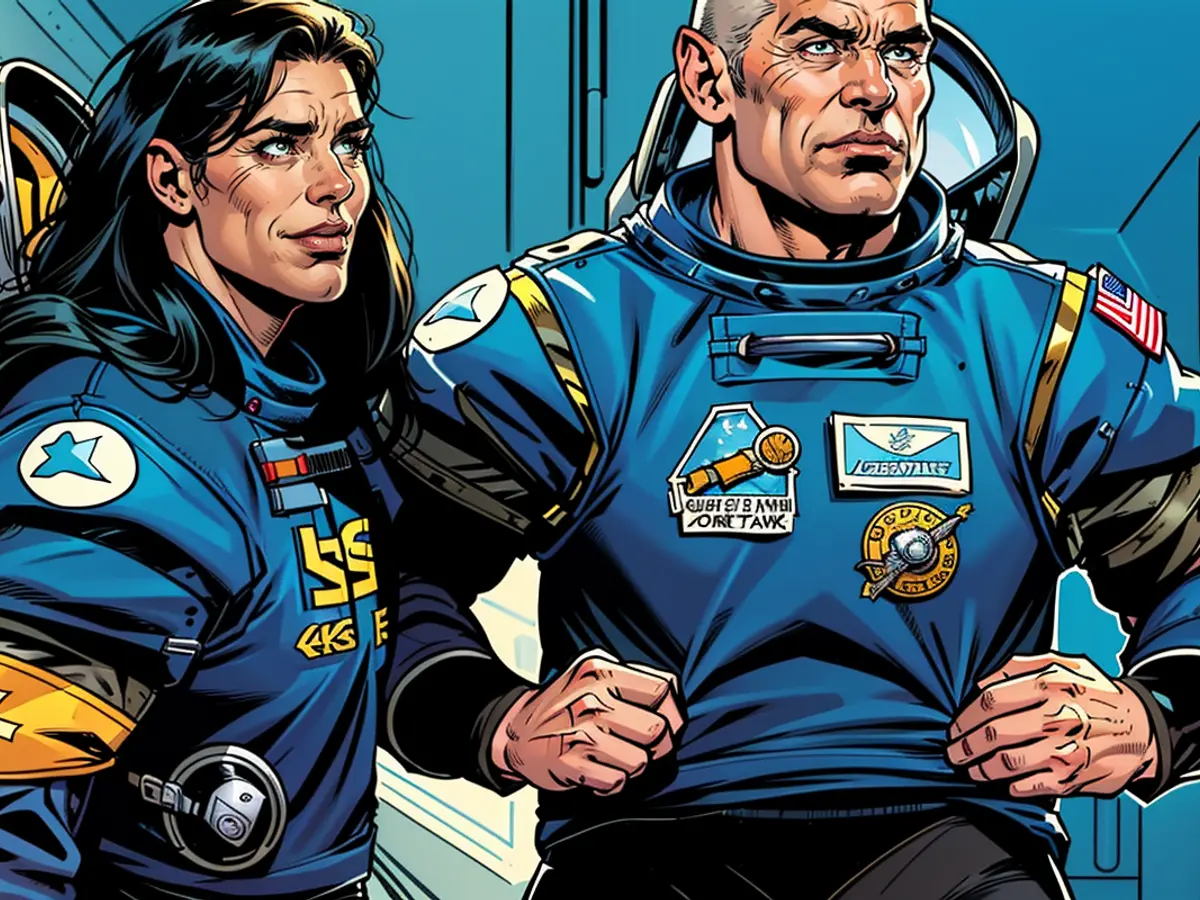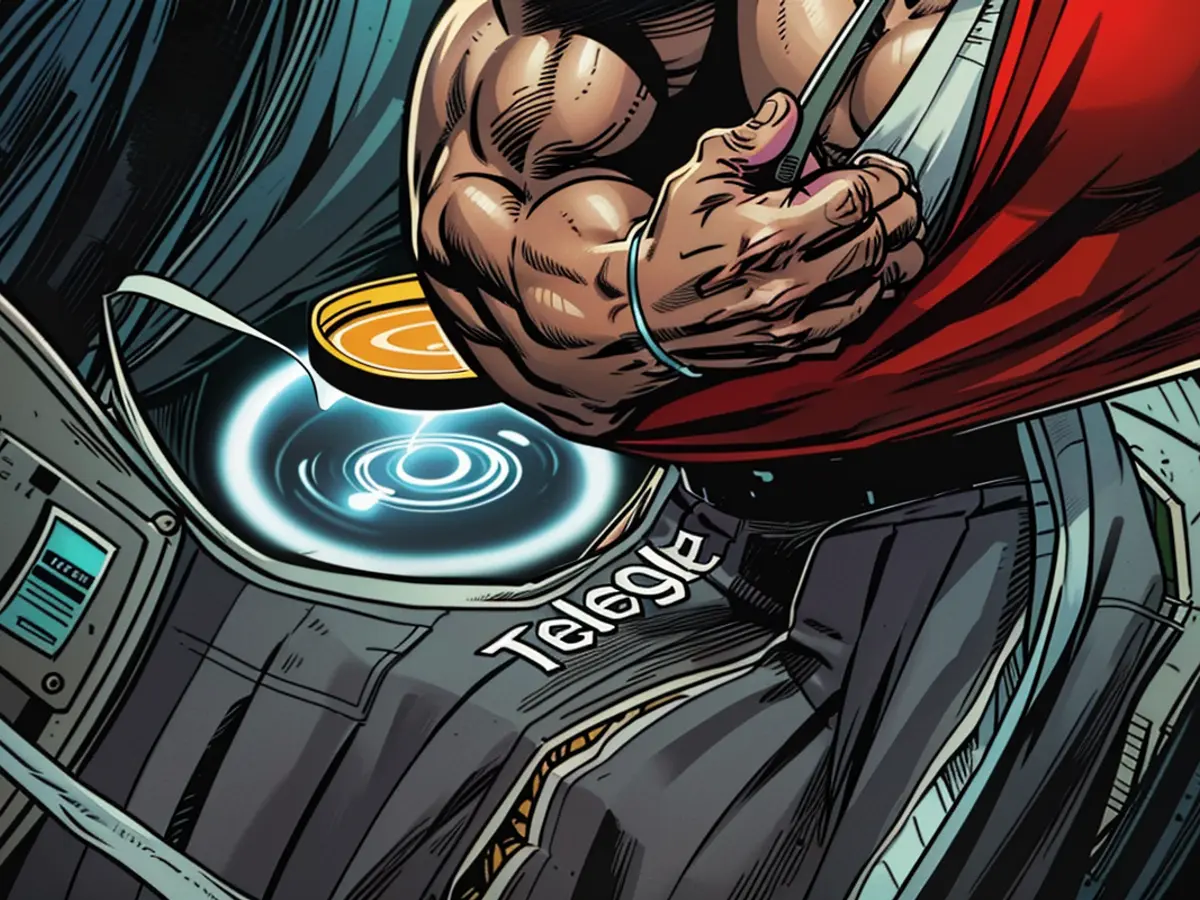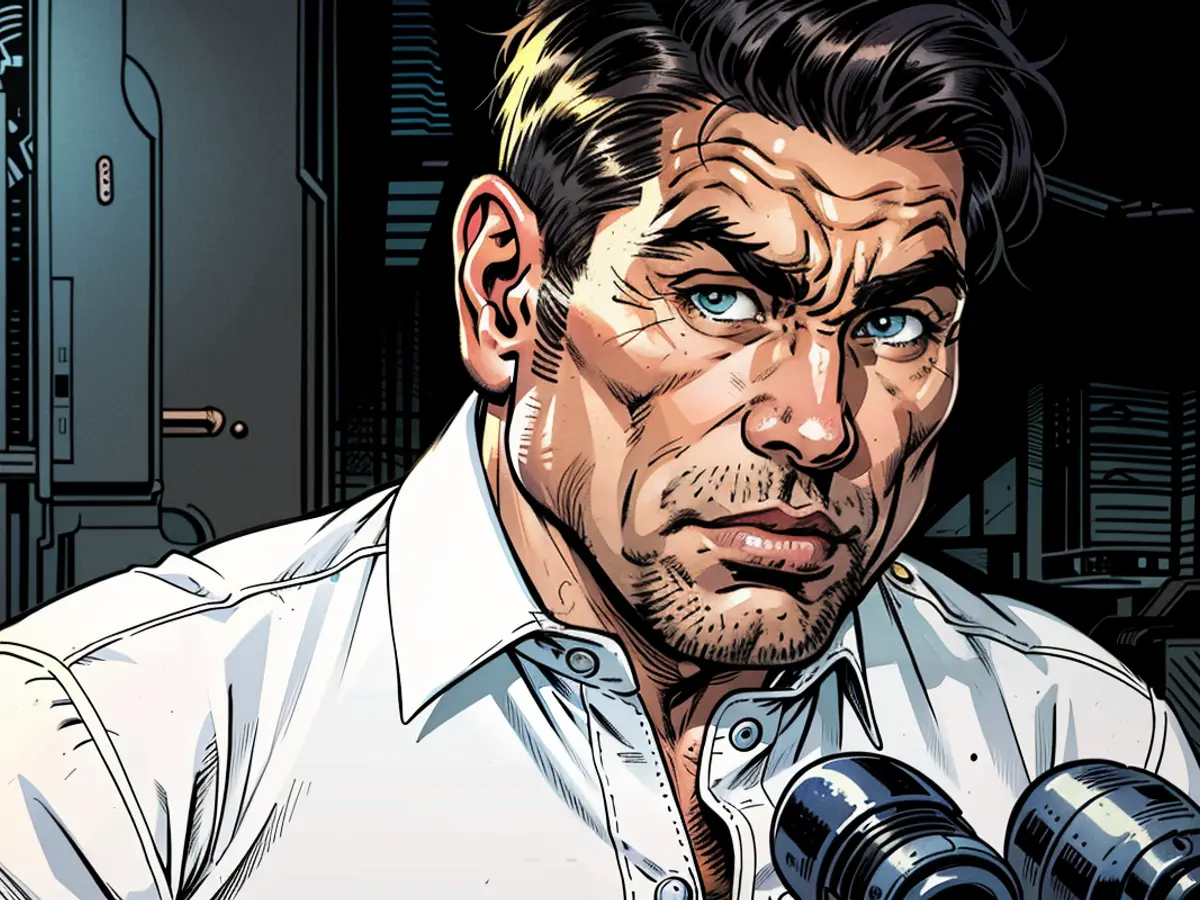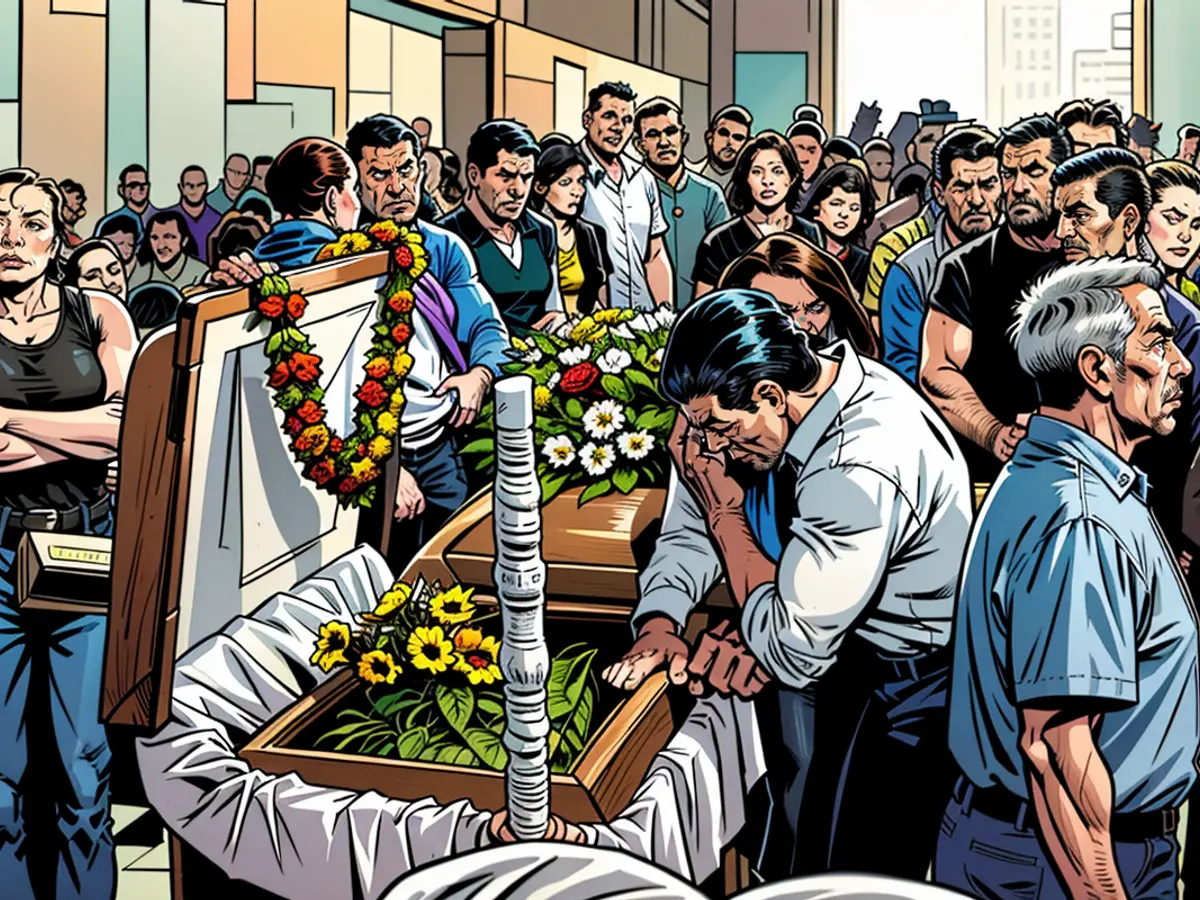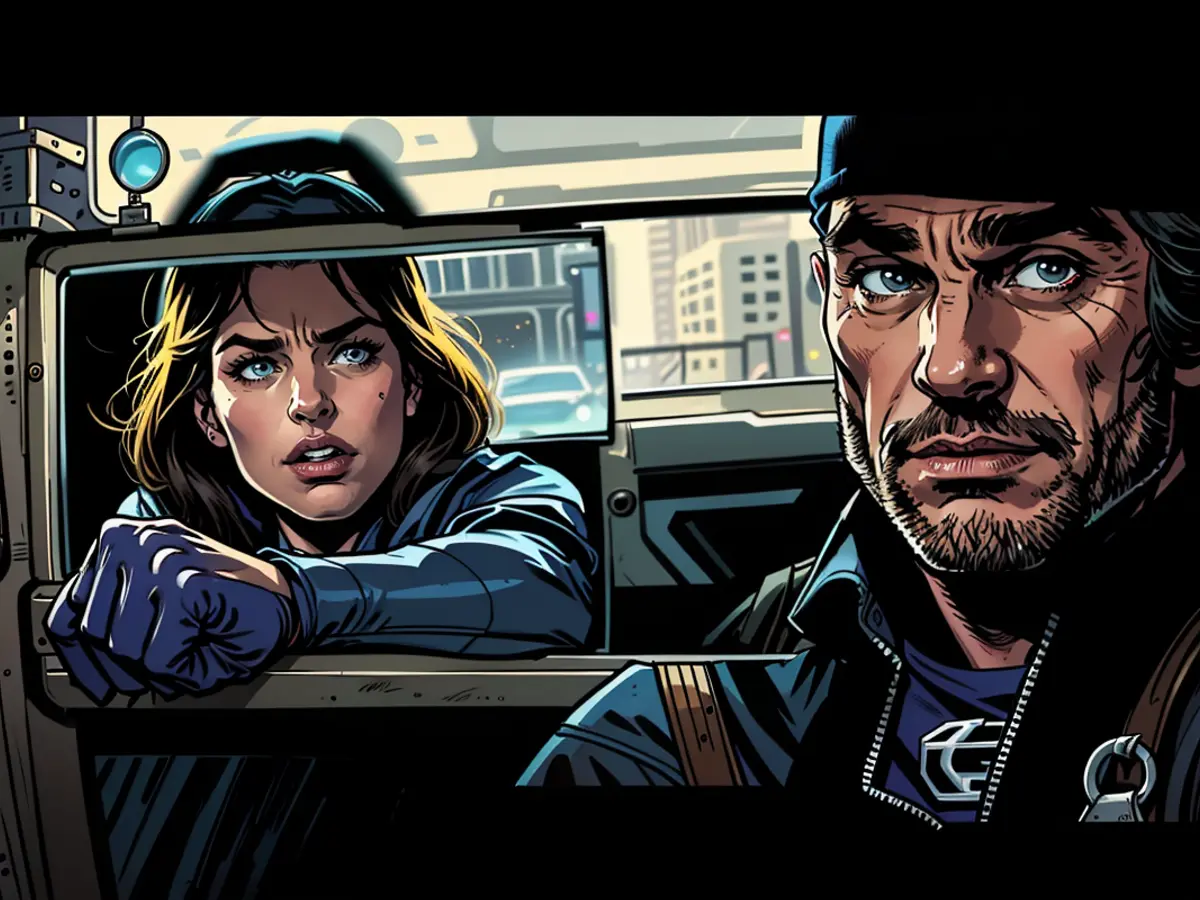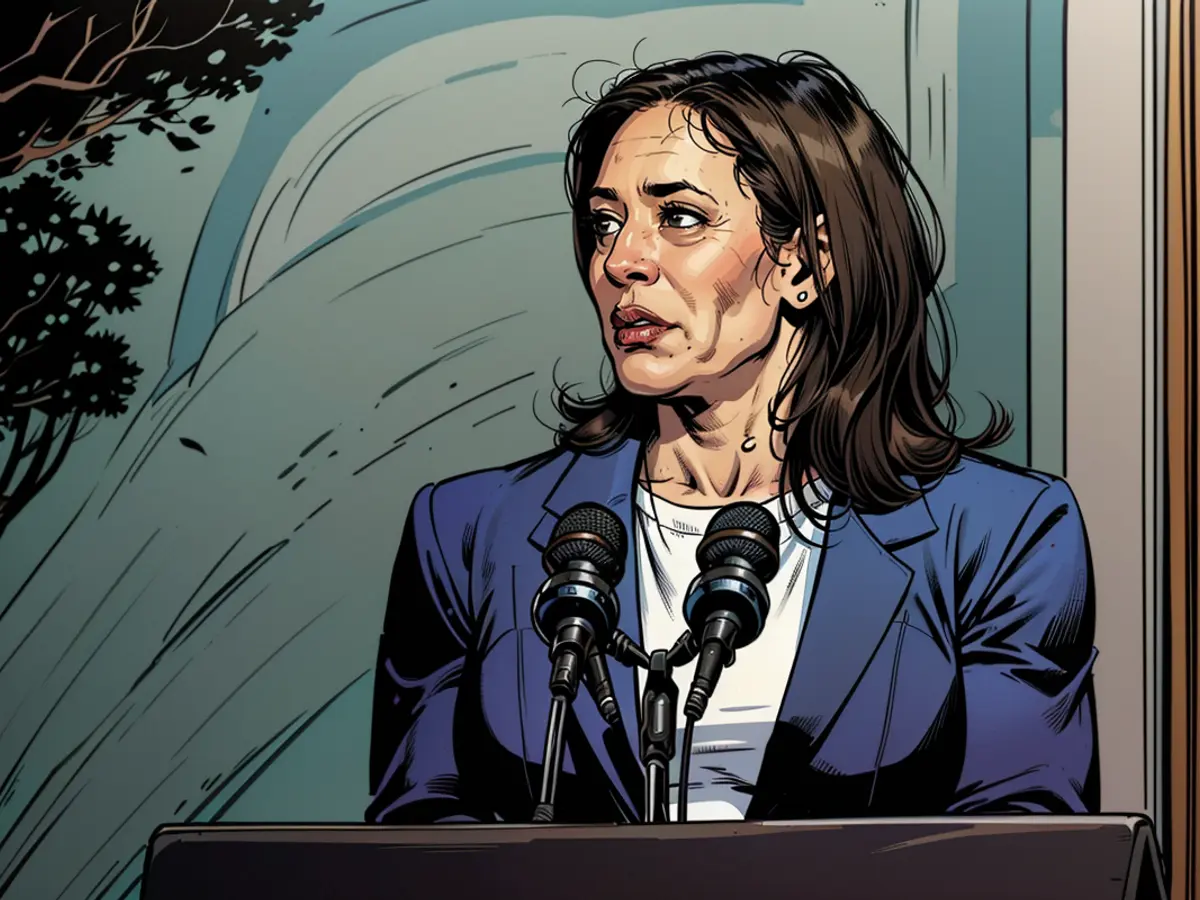- Accident de vaisseau spatial et arrangements de retour pour astronautes: quelle est la solution?
À bord de la Station spatiale internationale (ISS) depuis presque une semaine, les astronautes Sunita Williams et Barry Wilmore se sont installés confortablement. Cependant, leur vaisseau spatial rencontre des problèmes. Trois mois après le début de leur mission, il reste incertain de savoir comment ils rentreront sur Terre. NASA est sous pression pour résoudre ce problème d'ici la fin du mois.
Williams a passé du temps de qualité avec ses chiens avant de partir en juin, tandis que Wilmore s'occupait de sa pelouse. Tout semblait normal jusqu'à ce que la situation prenne un tournant inattendu.
Le problème en question est connu sous le nom de "Starliner". Bien qu'il ait atteint l'ISS avec succès lors du premier vol habité du spacecraft, des fuites d'hélium et des problèmes de moteur sont apparus. Le vol de retour de mi-juin a donc été annulé, laissant les astronautes coincés sur la station spatiale.
NASA et Boeing sont maintenant confrontés à une difficile question : Sunita Williams et Barry Wilmore peuvent-ils rentrer sur Terre en toute sécurité avec le "Starliner"? Depuis plusieurs semaines, les équipes effectuent des tests et des investigations, à la fois dans l'espace et sur Terre, mais aucune solution claire n'a encore été trouvée. Bien que les équipes travaillent diligemment, le directeur de NASA Ken Bowersox reconnaît les difficiles conversations qui ont eu lieu.
Deux solutions potentielles sont actuellement étudiées : un retour risqué avec le "Starliner" ou un passage sur un vol "Crew Dragon". Pour mettre en œuvre la première option, les problèmes de moteur et de fuite d'hélium devraient être résolus, une tâche qui n'a pas encore été accomplie.
Dans l'alternative, le "Starliner" pourrait revenir sur Terre sans les astronautes, nécessitant une importante reconfiguration logicielle. Le lancement de "Crew 9" avec le "Crew Dragon" de SpaceX, initialement prévu pour août mais reporté à septembre, aurait alors lieu avec seulement deux astronautes au lieu de quatre. Williams et Wilmore feraient partie de cet équipage, retournant probablement sur Terre en février 2025. Cependant, ils devraient porter des combinaisons spatiales spécialisées, car celles du "Starliner" ne sont pas compatibles avec le "Crew Dragon". NASA et SpaceX n'ont pas encore révélé les membres d'équipage qui ne feraient pas le voyage dans cette éventualité.
"Prise de décision basée sur des données"
"We want this decision to be based on data, not emotions," insists NASA manager Ken Bowersox. Ultimately, the decision lies with NASA Administrator Bill Nelson, who reaffirms the top priority being the safety of the astronauts.
Williams and Wilmore are bracing themselves for an extended stay on the ISS. They could potentially return to Earth on the "Starliner" as early as September or with the "Crew Dragon" in February, making their initial week-long stay approximately nine months long. Both astronauts are well-prepared and versatile, according to NASA. They are actively involved in all discussions and are ready to do whatever is necessary, says NASA manager Steve Stich.
Meanwhile, food consumption levels have increased, and more cockroaches have been spotted on the ISS.
"With a test flight like this, one is always prepared for the possibility of an extended stay," says NASA manager Joel Montalbano. "But they're doing well, they're fully integrated with the rest of the crew and just as busy as any other crew up there. Of course, they're human, and this ordeal is challenging for both the crew members and their families. But they're professional astronauts and they're performing admirably."
Williams and Wilmore are a valuable asset on board the ISS, according to NASA - but they also consume additional resources such as food and hygiene items. Furthermore, they are now exposed to higher radiation levels than originally anticipated for a longer duration.
Is the "Starliner"'s future secure?
Amidst the concerns about the astronauts, the future of the "Starliner" is also under scrutiny. Developed and built by aerospace company Boeing for NASA, it was supposed to regularly transport astronauts to the ISS by now - serving as a reliable alternative to SpaceX's "Crew Dragon".
But the partially reusable spacecraft, consisting of a crew capsule and a service module, is currently facing significant challenges. The spacecraft failed to reach the ISS during its initial unmanned test in 2019, while a second attempt succeeded in 2022. However, problems have since mounted and led to numerous delays.
"We have a vision of having two alternative transportation systems," insist both NASA manager Bowersox and Boeing. "The problems can be solved, and then I see a promising future for the 'Starliner.'" Both Boeing and NASA continue to espouse this belief - along with Bowersox's admiration for the Boeing team. At the same time, Bowersox highlights the importance of data-led decision making.
The astronauts' anticipated return journey on the "Starliner" remains uncertain due to the engine and helium leak issues, causing concern for NASA and Boeing. If they choose to return with the "Starliner", these problems must be resolved first.
NASA currently has a potential solution in mind, suggesting a "Crew Dragon" flight as an alternative, which could involve astronauts Williams and Wilmore joining a smaller crew due to the "Starliner's" incompatibility with the "Crew Dragon."
